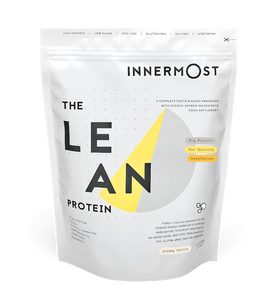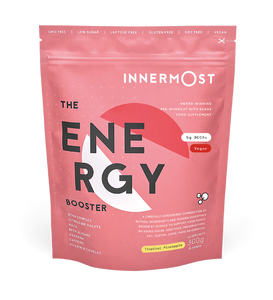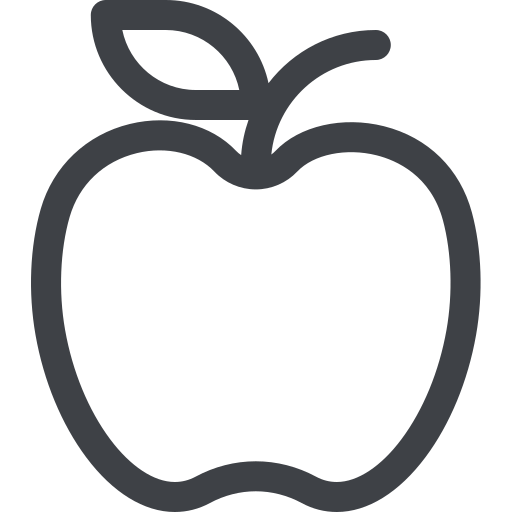These days, tasty sources of vegan protein are pretty easy to come by. Whether you have switched to a vegetarian or vegan diet or you’re considering making the change for health, ethical or any other reason – you might be worried about the reduced protein levels in your meals.
The good news is that you don’t actually need to consume any kind of animal product to be able to achieve healthy levels of protein in your diet – and some of the foods you already eat on a day-to-day basis are probably providing you with protein that you didn’t even realise.
A diet high in protein is not only beneficial for our healthy growth and overall well-being, but every cell in the human body contains protein, and so requires it for some of the most fundamental processes. This means getting protein into your diet is extremely important.
So, what are you waiting for? Here are some great sources of protein for vegans…
Best Vegan Protein Sources
If you’re a bit lost on where to start – this list will set you up nicely. Our top picks list isn’t exhaustive: there are a whole range of vegetarian and vegan protein sources out there that you can include in your diet, but we selected these as we feel they are the easiest to add to your daily routine, and really pack a protein punch!
Nuts and Seeds
Chia SeedsOne tablespoon of Chia seeds packs 2g of protein and are great to bulk out smoothies to make them extra thick and delicious. For vegans looking for baking substitutes, soaking chia seeds in water for 20 minutes also creates a fantastic substitute for eggs.
AlmondsFor every 6 almonds, there is around 3g of protein. A great way to incorporate this protein into your diet is through the addition of almond butter to your breakfast or smoothies, or even by making your own trail mix of nuts and dried fruits.
HempThere is a whopping 5g of protein per tablespoon of Hemp. Hemp seeds are extremely rich in healthy fats and proteins, and have even been noted to reduce the risk of heart disease. You can add these to your salads, rice dishes, smoothies and shakes – making this another really easy protein integration method.
CashewsCashew nuts are a snack favourite for their tasty flavour – and with 3g of protein for every 10 cashew nuts, they’re a really popular alternative protein.
Pumpkin SeedsOne tablespoon of pumpkin seeds gives you the equivalent of 4g of protein. Perfect as a healthy snack by themselves, or sprinkled over a salad for some extra crunch, this is a really easy method to introduce more protein to your plant-based meals.
QuinoaThe popularity of Quinoa has grown in recent years for its inexpensive health benefits. You can eat both the seeds and the leaves, and is a really delicious alternative to rice and pasta. Quinoa salads are also a huge hit and a great way to introduce this protein into your diet – with 8g of protein per 125g/cup!
Peanut and Nut Butter
Many of you will be thrilled to know that your yummy morning peanut butter is a great source of protein! We know we are, as it's one of the best vegan protein sources.
When selecting your nut butter, ensure there are no added oils, salts or sugars in the ingredients list to ensure you are getting the best out of this protein source. One heaped tablespoon will give you 3g of protein – so one piece of peanut butter toast
It’s important to note that nuts are high in healthy fats, so if one of your fitness goals is to try and lose weight, it might be a good idea to choose alternative protein sources, like the ones below…
Vegetables
Nice and easy – there are a huge range of vegetables that include protein. We all know the benefits of getting in your 5-a-day, so why not tackle two health hurdles at once?
AsparagusFor every 6 spears of asparagus, you gain 2g of protein, so this is a great side to add to your meals.
AvocadoAn Instagram favourite, avocados are popular not just for their aesthetic nature, but their health benefits too. One half of avocados has 0.5g of protein.
BroccoliWith almost 3g of protein in every 80g of broccoli, this vegetable is about to become a fridge staple and is a great source of protein for vegans.
Brussel SproutsOne of the more controversial vegetarian protein sources, Brussel sprouts are a very love it or hate it food. Similar to broccoli, there is around 2g of protein per 80g of this vegetable.
CauliflowerCauliflower is a great way to bulk up a plant-based meal and comes in many forms. Cauliflower rice, cauliflower cheese and even cauliflower curries – this vegetable is really flexible, and holds 1.5g of protein per 80g.
Brown and Wild Rice
A meal-time staple, ditch your white rice in favour of brown and wild rice varieties. Packing 4g of protein per 100g of rice, this is a great way to add healthy plant-based proteins to your lunch and dinners. These rices are high in fibre, too!
Oats
The perfect breakfast – oats slowly release energy throughout the day to keep your performing at your best all day long. With 10g of protein per 100g of oats, pair an oat breakfast with your favourite fruit toppings to start your day the right way.
Tofu
One of the most popular sources of protein for vegans, tofu can be used as an addition for a range of meals. With 8g of protein per 100g of tofu, it’s not hard to see why this is a popular choice.
Some great ways to enjoy tofu include:
- Tofu Stir Fry
- Tofu Salad
- Tofu Ice Cream (yes… really)
- Tofu Scramble (good bye, eggs!)
Bonus: Protein Supplements
If you’re still looking for ways to introduce protein into your diet, protein supplements and powders are a great option. Often flavoured with choices like chocolate, coffee and caramel, these can be a great fix for those with a sweet tooth!
Check out The Health Protein which has a special, vegan protein formula.
Summary
We think that it’s incredibly easy to introduce a great level of vegan protein into your diet without the consumption of meat – with some really tasty alternatives available. Why not replace your meat with these plant-based sources and make a difference to your diet and have a positive impact on the environment too!
If you've got any other great vegan protein sources, be sure to let us know over on Instagram @liveinnermost, as always.



















